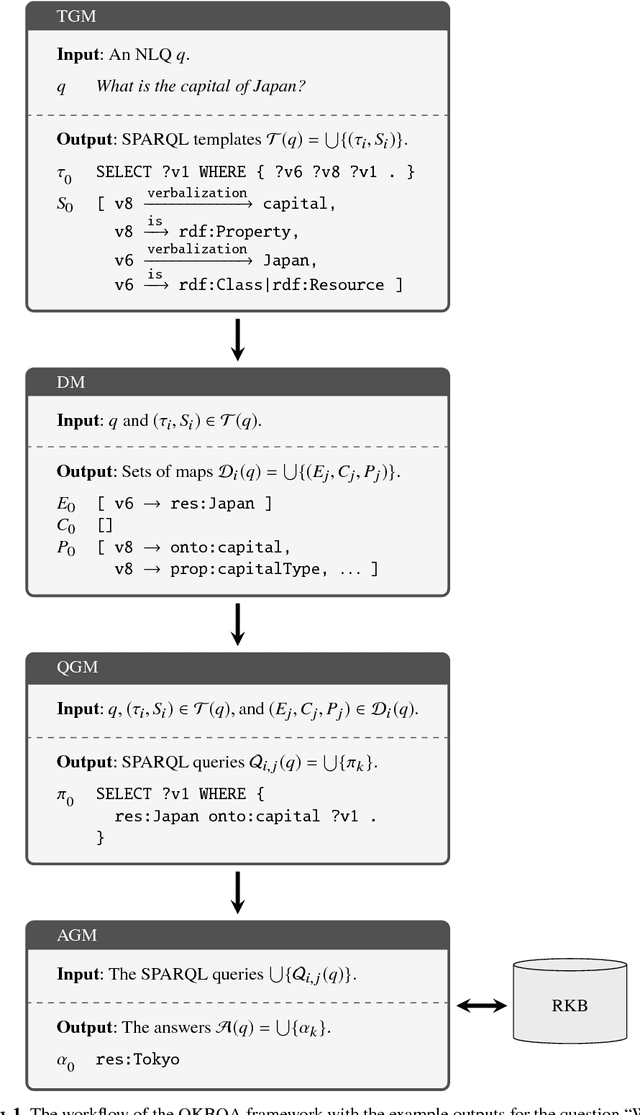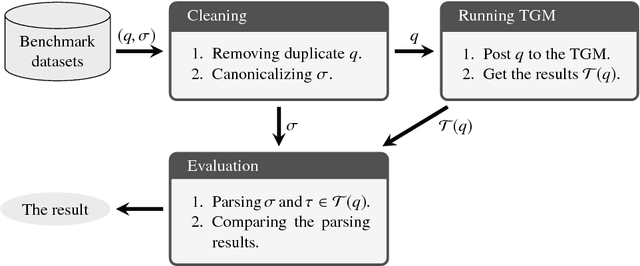Yasunori Yamamoto
CIRO: COVID-19 infection risk ontology
Aug 07, 2023Abstract:Public health authorities perform contact tracing for highly contagious agents to identify close contacts with the infected cases. However, during the pandemic caused by coronavirus disease 2019 (COVID-19), this operation was not employed in countries with high patient volumes. Meanwhile, the Japanese government conducted this operation, thereby contributing to the control of infections, at the cost of arduous manual labor by public health officials. To ease the burden of the officials, this study attempted to automate the assessment of each person's infection risk through an ontology, called COVID-19 Infection Risk Ontology (CIRO). This ontology expresses infection risks of COVID-19 formulated by the Japanese government, toward automated assessment of infection risks of individuals, using Resource Description Framework (RDF) and SPARQL (SPARQL Protocol and RDF Query Language) queries. For evaluation, we demonstrated that the knowledge graph built could infer the risks, formulated by the government. Moreover, we conducted reasoning experiments to analyze the computational efficiency. The experiments demonstrated usefulness of the knowledge processing, and identified issues left for deployment.
* 18 pages, 8 figures, and this paper has been accepted by PLOS ONE
A Quantitative Evaluation of Natural Language Question Interpretation for Question Answering Systems
Sep 20, 2018



Abstract:Systematic benchmark evaluation plays an important role in the process of improving technologies for Question Answering (QA) systems. While currently there are a number of existing evaluation methods for natural language (NL) QA systems, most of them consider only the final answers, limiting their utility within a black box style evaluation. Herein, we propose a subdivided evaluation approach to enable finer-grained evaluation of QA systems, and present an evaluation tool which targets the NL question (NLQ) interpretation step, an initial step of a QA pipeline. The results of experiments using two public benchmark datasets suggest that we can get a deeper insight about the performance of a QA system using the proposed approach, which should provide a better guidance for improving the systems, than using black box style approaches.
 Add to Chrome
Add to Chrome Add to Firefox
Add to Firefox Add to Edge
Add to Edge